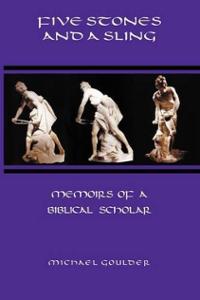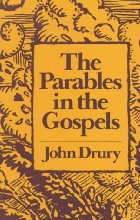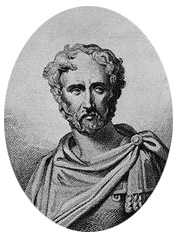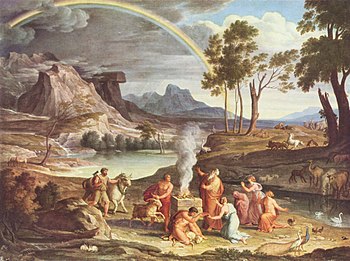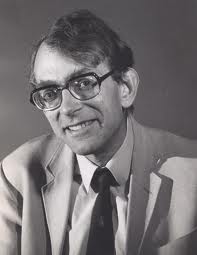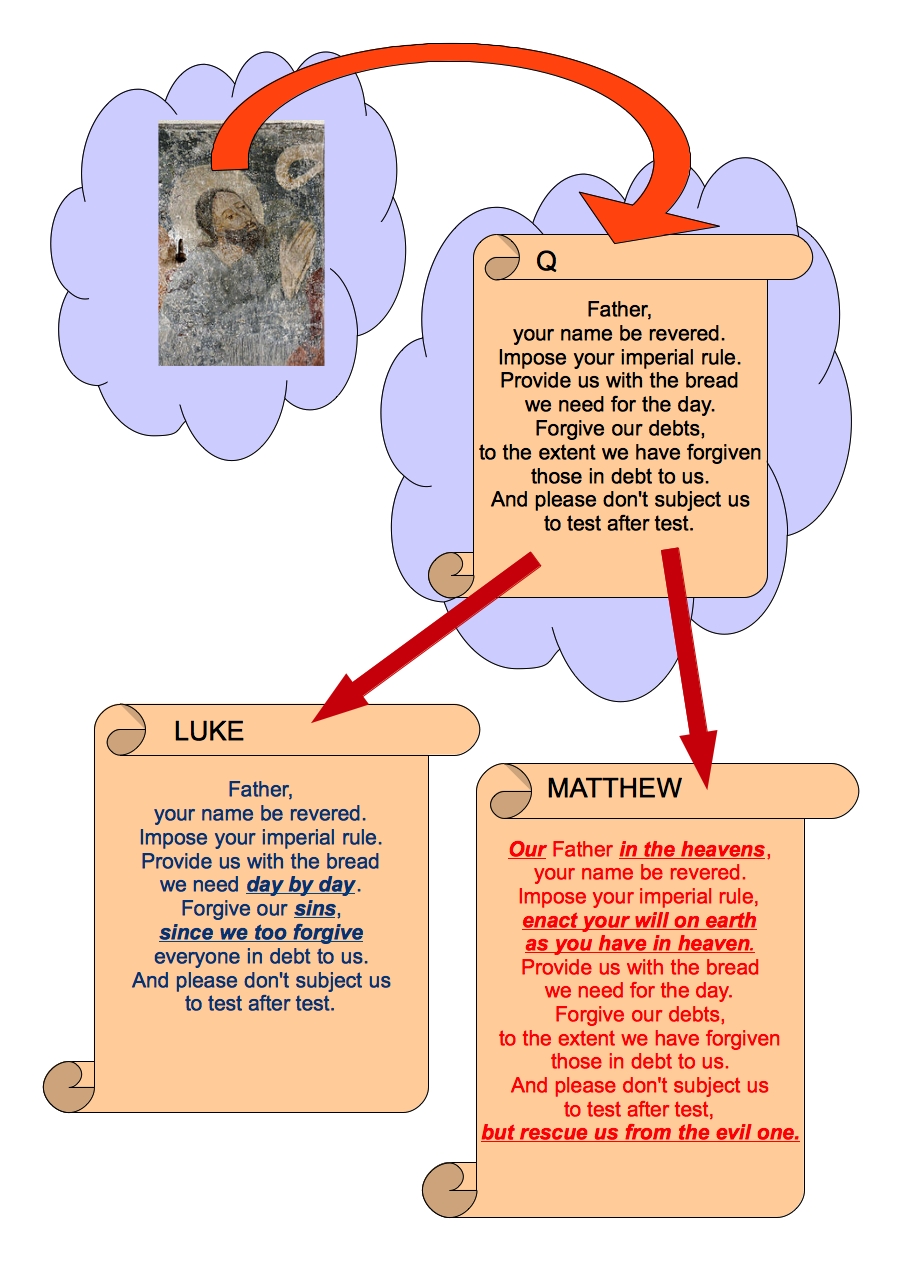I’ve been thinking quite a bit about a recent comment by a reader taking an opposing position to a statement of mine:
I don’t think Carrier is non-falsifiable (in the looser sense we have to consider non-falsifiability in the social sciences) — in fact, I happen to think it is pretty much falsified by the James passage in Josephus (not, of course, simply taking the passage’s authenticity for granted but considering all the evidence for and against it). I realize my viewing the James passage in Josephus as authentic is not a popular opinion around here, but it isn’t a stupid or ill-considered opinion; I’ve read Carrier and Doherty on the matter and don’t find them convincing at all. (my bolding)
I’ve addressed this sort of response before. One finds such grounds for rejecting opposing views all too frequently in the scholarly literature of biblical scholars. In response to a point made by Emeritus Professor Larry Hurtado I wrote
Of course we are all aware that the passages are found to be of interest in the pre-Christian Jewish tradition, but Hurtado dismisses those inconveniences on the grounds that they are “not necessarily persuasive” and amount to “only a couple” of instances. So we are allowed to dismiss evidence to the contrary of our theories if we only see it “a couple of times” and can dismiss it as “not necessarily persuasive”. True believers are apparently permitted to accord themselves little perks like this in debates.
Then when Professor Hoffmann offered a bizarre argument that Paul was fighting against a rumour that Jesus was the illegitimate son of Mary I refused to play the same game:
It is easy to dismiss his explanation as “not persuasive” or “speculative” but it is also important, I think, to be able to put one’s finger on precisely why a proposition is “not persuasive” or insubstantial. The effort of thinking it through may even lead one to appreciate that perhaps there is more to the argument than first appears on the surface. But even if one finds nothing of value in it, the exercise of examining it methodically can only be a good thing. Scoffing, saying something is bunk or absurd, relying on a vague feeling that something is “not persuasive”, are cheap substitutes for argument.
If a professor can’t explain to you how we know evolution is true or how we know ancient claims that Alexander the Great really conquered the Persian empire are true or the reasons we should be suspicious of paranormal claims you would be right to think there is a problem somewhere.
Another form of proof-texting
Back to the statement about “the brother of Jesus, called Christ, whose name was James” that is found in the writings of Josephus. So often we find defenders of the historicity of Jesus using these words in Josephus the same way different religious sects use proof texts to prove they are right and others are wrong. One professor frequently uses this approach in an attempt to refute young-earth creationists. The professor adheres to an old-earth form of creationism (via evolution — an oxymoron to anyone who correctly understands that the scientific theory of evolution has no room for a divinity at all) and posts regular “proof texts” from the Bible as an “argument” that “proves” his rival religionists are wrong. (The most recent instance of this: Psalm 148:4 Disproves Young-Earth Creationism. It does? Not to a young earth creationist.) He uses the same basic technique to argue against mythicists. Among other arguments he proof-texts from the Bible references such as Paul’s claim to have met the “brother of the Lord” or that we read somewhere else that Jesus was “born of a woman”.
Proof-texting doesn’t work because different people have different ways of interpreting such “proof-texts”. Continue reading “Why Historicist/Mythicist Arguments Often Fail — & a Test Case for a Better Way”

